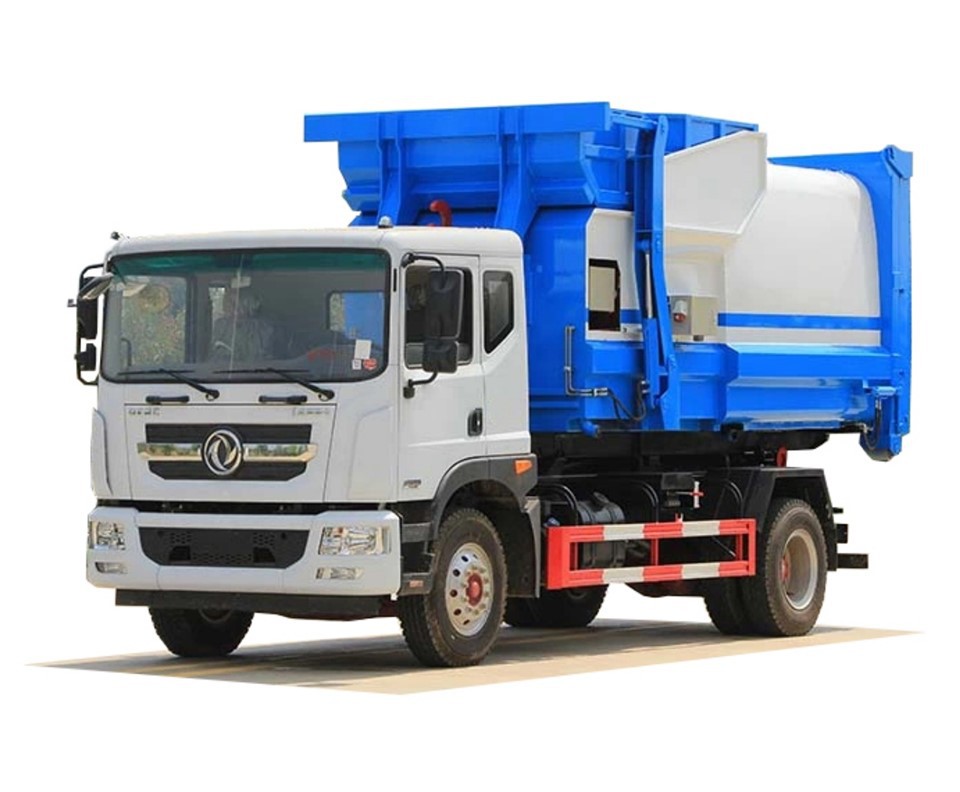Fire engines are crucial for firefighting and emergency response, and their construction involves various materials that enhance durability, safety, and efficiency. This article explores the different materials used in fire engines, their properties, benefits, and practical examples.
1. The Importance of Fire Engine Materials
Fire engine materials significantly impact performance, safety, and longevity. Choosing the right materials ensures that fire engines can withstand harsh conditions, endure extreme temperatures, and protect firefighters and equipment during emergencies.
1.1 Strength and Durability
Fire engines must be built to last under stress. Materials with high strength-to-weight ratios are essential to ensure they can handle heavy equipment and endure impactful collisions.
1.2 Heat Resistance
Firefighters face extreme temperatures when combating fires. Materials used in fire engines must resist heat to safeguard the vehicle’s structural integrity and prolong its lifespan.
1.3 Weight Efficiency
A lighter fire engine can maneuver better and accelerate faster, which can be crucial during emergencies. Using lightweight materials helps improve overall performance without sacrificing durability.
2. Common Materials Used in Fire Engines
Various materials are utilized in constructing fire engines, each serving specific functions. Understanding these materials helps appreciate the engineering behind these vital vehicles.
2.1 Steel
Steel is one of the most commonly used materials in fire engine construction.
- Properties: High tensile strength, durability, and heat resistance.
- Applications: Chassis frames, structural supports, and firefighter safety equipment.
Examples of Steel Usage
| Part | Function |
|---|---|
| Frame | Provides strength and support for the overall structure. |
| Body Panels | Protects internal components and adds structural integrity. |
2.2 Aluminum
Aluminum is a lightweight alternative to steel, making it increasingly popular in modern fire trucks.
- Properties: Lightweight, corrosion-resistant, and offers good strength.
- Applications: Water tanks, ladder racks, and body panels.
Benefits of Aluminum
- Lighter weight improves maneuverability.
- Resistant to rust, enhancing longevity.
2.3 Composite Materials
Composites are becoming more prevalent in fire engine manufacturing due to their unique properties.
- Properties: Lightweight, high strength, and potential for customization.
- Applications: Body panels and specialized equipment cases.
Advantages of Composite Materials
- Reduces the total weight of the fire engine.
- Offers design flexibility for aerodynamics.
2.4 Fiberglass
Fiberglass is another lightweight material extensively used in fire engine construction.
- Properties: Strong, lightweight, and resistant to corrosion.
- Applications: Water tanks, equipment enclosures, and body components.
Usage Scenarios
| Application | Benefit |
|---|---|
| Water Tanks | Lighter weight while maintaining durability. |
| Equipment Casings | Corrosion resistance for prolonged use. |
3. Fire Engine Design Considerations
Choosing the right material is just one aspect of fire engine design. Several factors should be weighed during the design process.
3.1 Safety Features
Materials must prioritize the safety of firefighters and the public. Structurally sound designs help protect against impacts during emergencies.
3.2 Weight Distribution
Evenly distributing weight is vital for vehicle handling and stability. The combination of materials should facilitate optimal weight distribution.
3.3 Environment Adaptability
Fire engines must perform in diverse environmental conditions, from deserts to urban areas. Materials should withstand various weather conditions, including rain, heat, and cold.
4. Maintenance of Fire Engine Materials
Proper maintenance extends the lifespan of materials used in fire engines and ensures reliability during critical operations.
4.1 Regular Inspections
Conducting routine inspections helps identify wear and tear, enabling timely replacements and repairs.
4.2 Cleaning Procedures
Periodic cleaning prevents deterioration, particularly for metal surfaces that may be affected by rust and corrosion.
4.3 Addressing Damage
Quickly addressing any damage can prevent minor issues from becoming more significant problems. Maintenance schedules should include checks for cracks or deformation in structural components.
5. Cost Implications of Fire Engine Materials
Material choice plays a significant role in the overall cost of a fire engine. Understanding these implications aids in budgeting for fire department purchases.
5.1 Initial Costs
High-quality materials often come at a premium. Investing in durable materials may reduce long-term expenses associated with repairs and replacements.
5.2 Lifecycle Costs
While initial costs may be higher, the longer lifespan and lower maintenance needs of premium materials can result in lower lifecycle costs.
6. Innovations in Fire Engine Materials
The fire service industry continually evolves, with innovations enhancing material technology.
6.1 Advanced Composite Development
The development of advanced composites provides fire departments with lighter and more durable options, aiding effective firefighting.
6.2 Heat-Resistant Coatings
New coatings improve heat resistance, prolonging the life of essential components exposed to high temperatures during firefighting efforts.
7. Practical Tips for Choosing Fire Engine Materials
When selecting materials for fire engines, several factors should be considered:
- Prioritize safety and durability.
- Consider the operating environment and conditions.
- Analyze long-term cost implications.
- Stay updated on material innovations to make informed decisions.
8. Frequently Asked Questions
8.1 What is the most common material used in fire engines?
Steel is the most traditional material used for fire engines due to its high strength and durability.
8.2 How do aluminum fire engines compare to steel ones?
Aluminum fire engines are lighter, corrosion-resistant, and can enhance fuel efficiency while still providing substantial strength.
8.3 What are composite materials, and why are they used?
Composite materials combine two or more materials to enhance properties. They are lightweight and often used for specialized components in fire engines.
8.4 How does material choice affect fire engine maintenance?
The choice of material can significantly impact maintenance needs. Corrosion-resistant materials require less frequent maintenance and repairs.
8.5 Are there advancements in fire engine materials?
Yes, advancements in materials are ongoing, focusing on improving durability, heat resistance, and weight reduction for better performance.
8.6 What should fire departments consider when purchasing fire engines?
Fire departments should consider material durability, maintenance costs, safety features, and environmental adaptability in their purchasing decisions.





